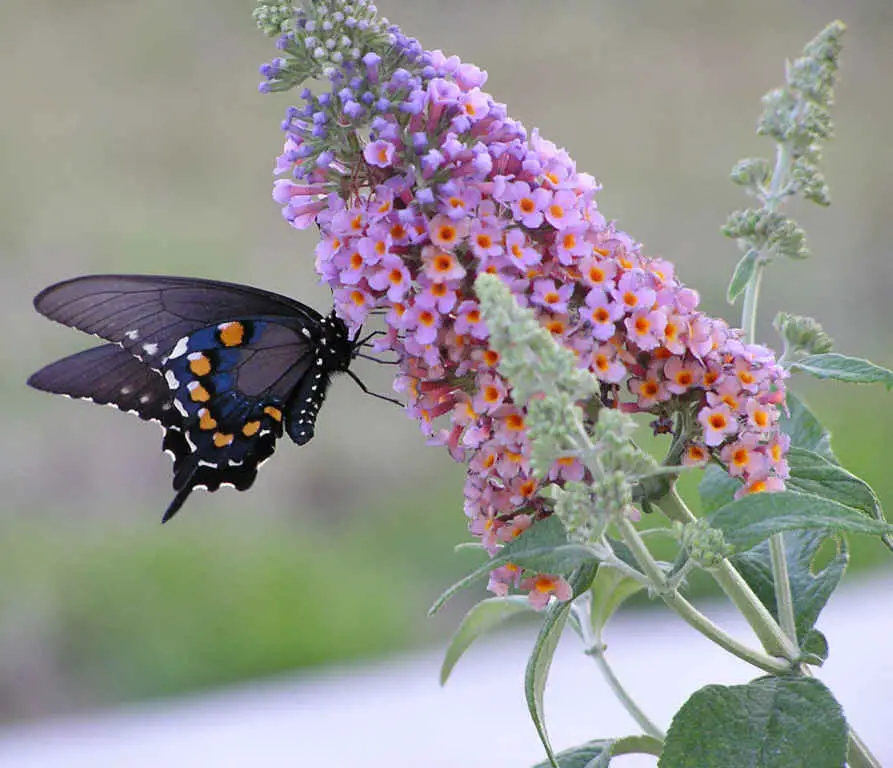
Buddleia (Butterfly Bush) A to Z Flowers
Buddleja × weyeriana 'Honeycomb' (Butterfly Bush) is a deciduous shrub with gracefully arching branches, studded with lance-shaped, gray-green leaves and sweetly scented, globular clusters of creamy-yellow flowers. Adorned with an orange eye, the flowers are freely produced from mid-summer through early fall and sometimes to the first frost. A superb, easily-grown Butterfly Bush that is.
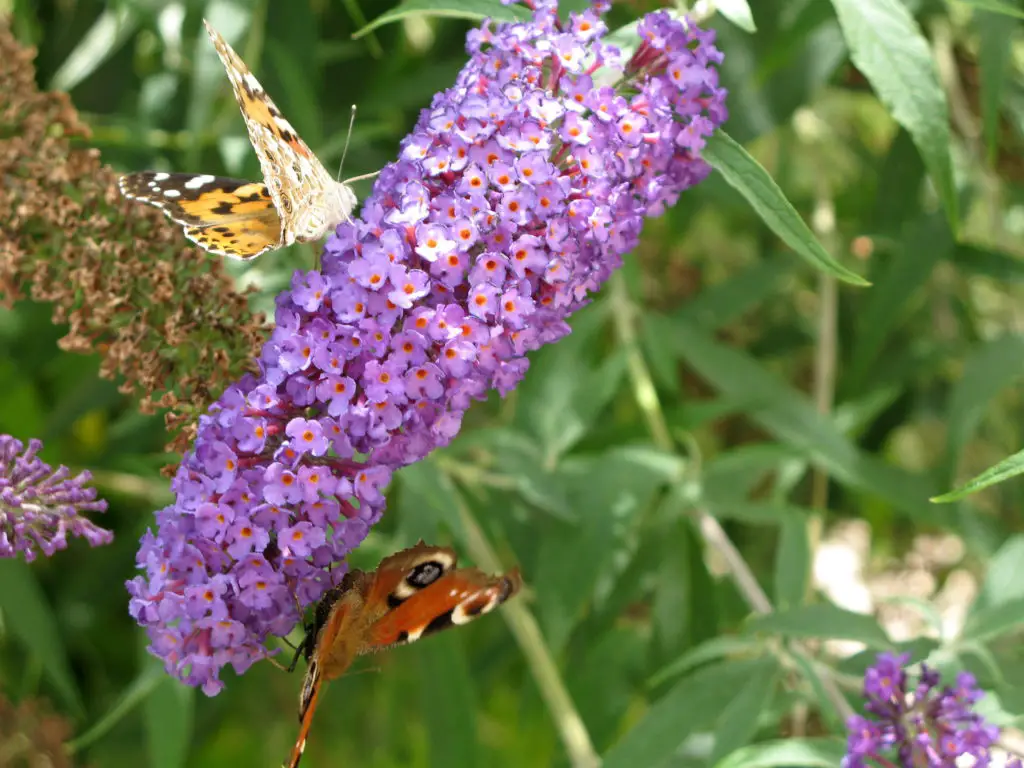
Buddleia (Butterfly Bush) A to Z Flowers
In warmer climates, butterfly bush (Buddleia davidii) is a deciduous shrub with an arching habit and impressive flowers.In colder regions, it grows more like a perennial, dying back to the root crown each winter and reappearing in spring. With rather coarse leaves and striking flower spikes that attract pollinators, butterfly bush now comes in a wide range of colors, thanks to the magic of.
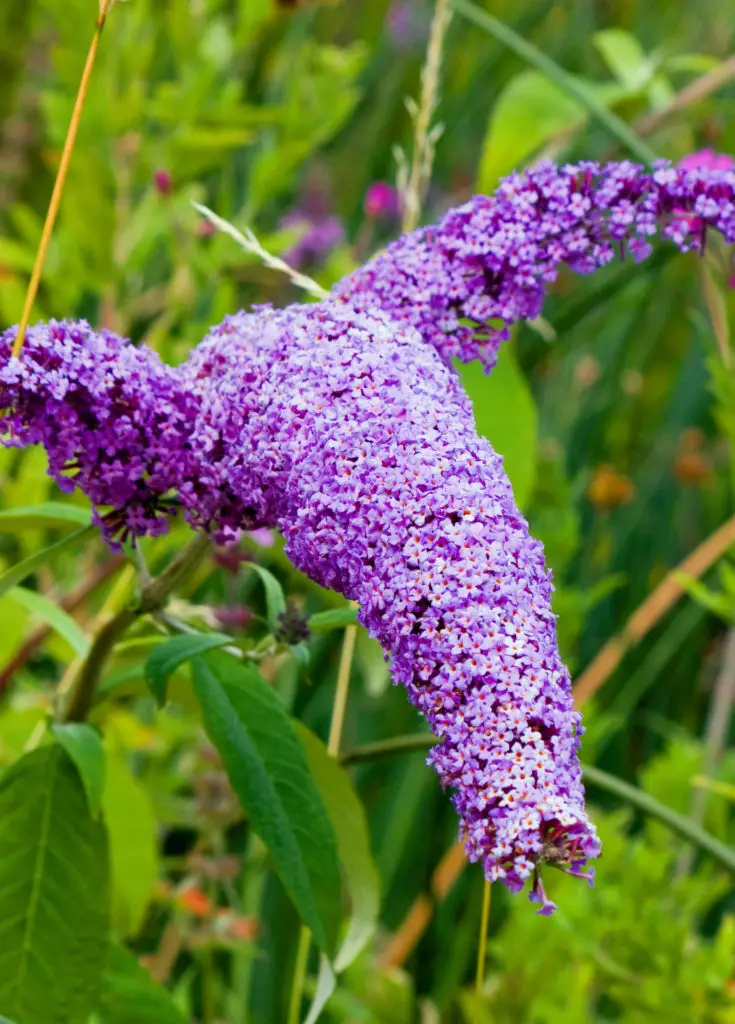
Buddleia (Butterfly Bush) A to Z Flowers
Snip a cutting, dip it in the rooting hormone, and then place it in the growth medium to begin propagation. Butterfly bush propagates easily from softwood cuttings taken in May or June. Simply take a cutting with a few leaves on it, dip it in the rooting hormone, and stick the cutting into a sterile planting medium.
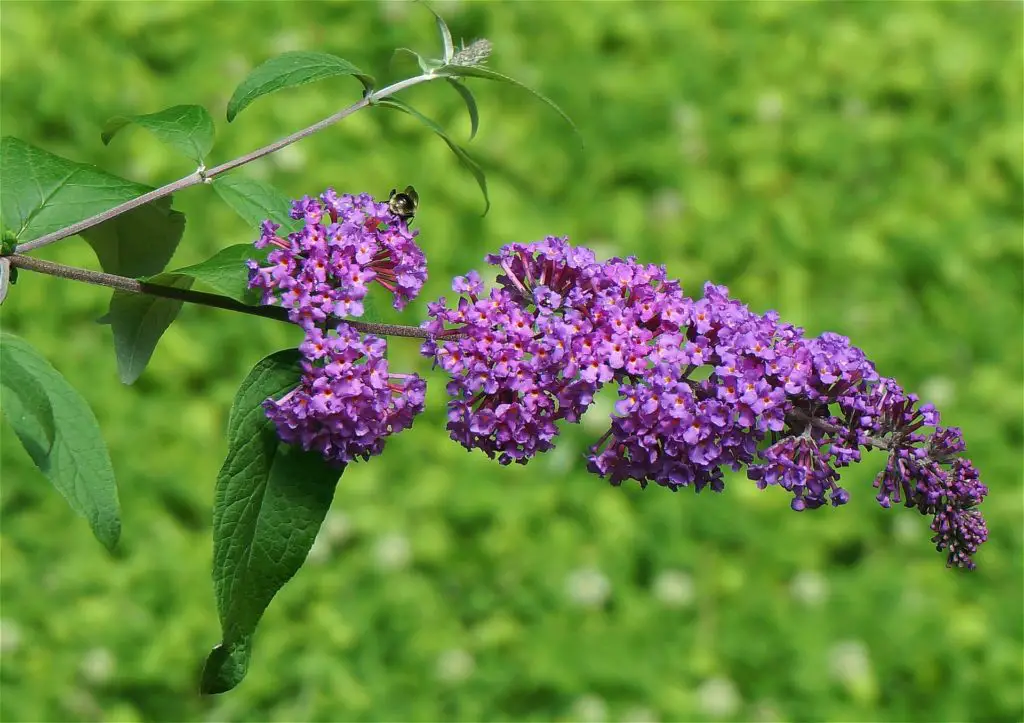
Buddleia (Butterfly Bush) A to Z Flowers
Buddleja davidii, commonly called butterfly bush, is a deciduous shrub that is native to thickets on mountain slopes, limestone outcrops, forest clearings and rocky stream banks in China. It typically grows to 6-12' (less frequently to 15') tall with a spread to 4-15' wide when not killed back by cold winter temperatures.

Butterfly Bush Varieties with Pictures, & How to Care for It
Butterfly Bush (Buddleja [or Buddleia] davidii) is a surefire attention-grabber. A common sight in our region's gardens and landscape plantings, its fragrant conical blooms—typically festooned with fluttering butterflies and buzzing bees—are hard to miss.
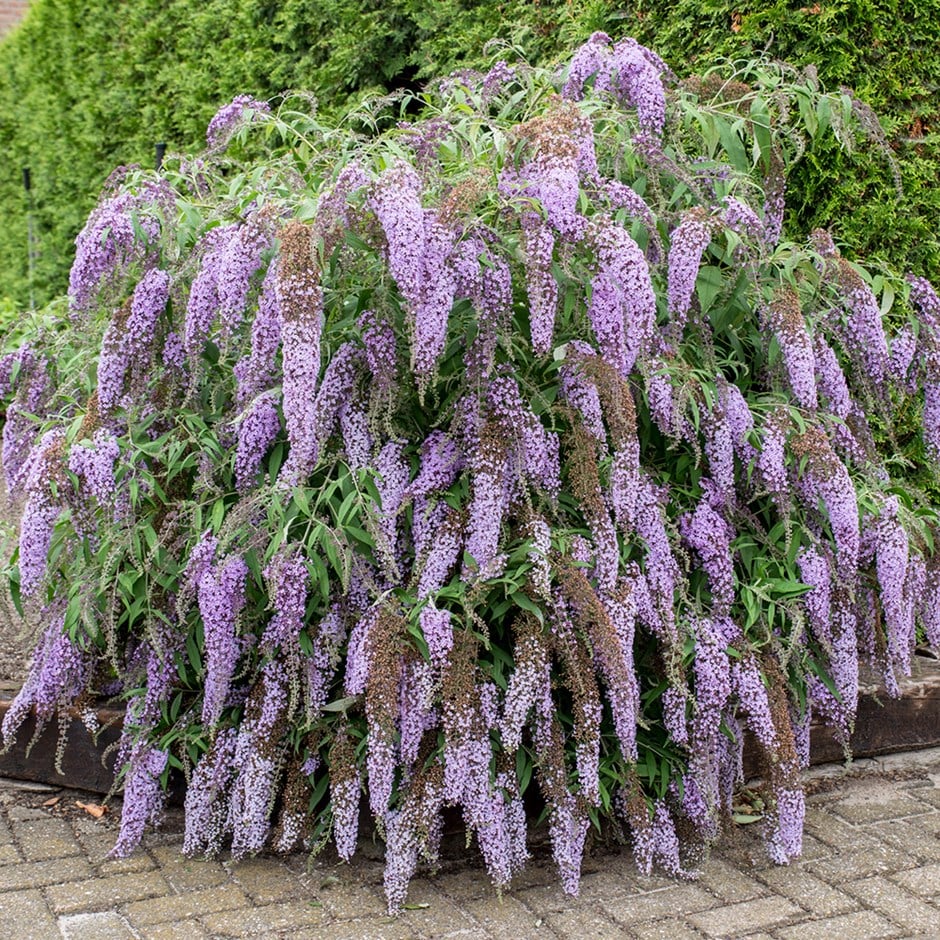
Buy butterfly bush Buddleja davidii Wisteria Lane (PBR) £12.99 Delivery by Crocus
Genus: Buddleja Species: B. davidii, B. crispa, B. alternifolia, B. globosa, and others Appearance Butterfly bush grows as a shrub or treelike shrub, and may be evergreen, semi-evergreen, or deciduous. Small flowers grow in clusters, and leaves are typically hairy, paired or alternating along the stem.

New Cascades Butterfly Bushes…not your grandmothers buddleias
Buddleja (Butterfly Bush) Buddleja, commonly known as butterfly bush, is a genus of flowering plants prized for their magnet-like attraction to butterflies. It is a diverse genus with about 140 species. These plants are native to a broad range of environments, including Asia, Africa, and the Americas. The most commonly cultivated species.
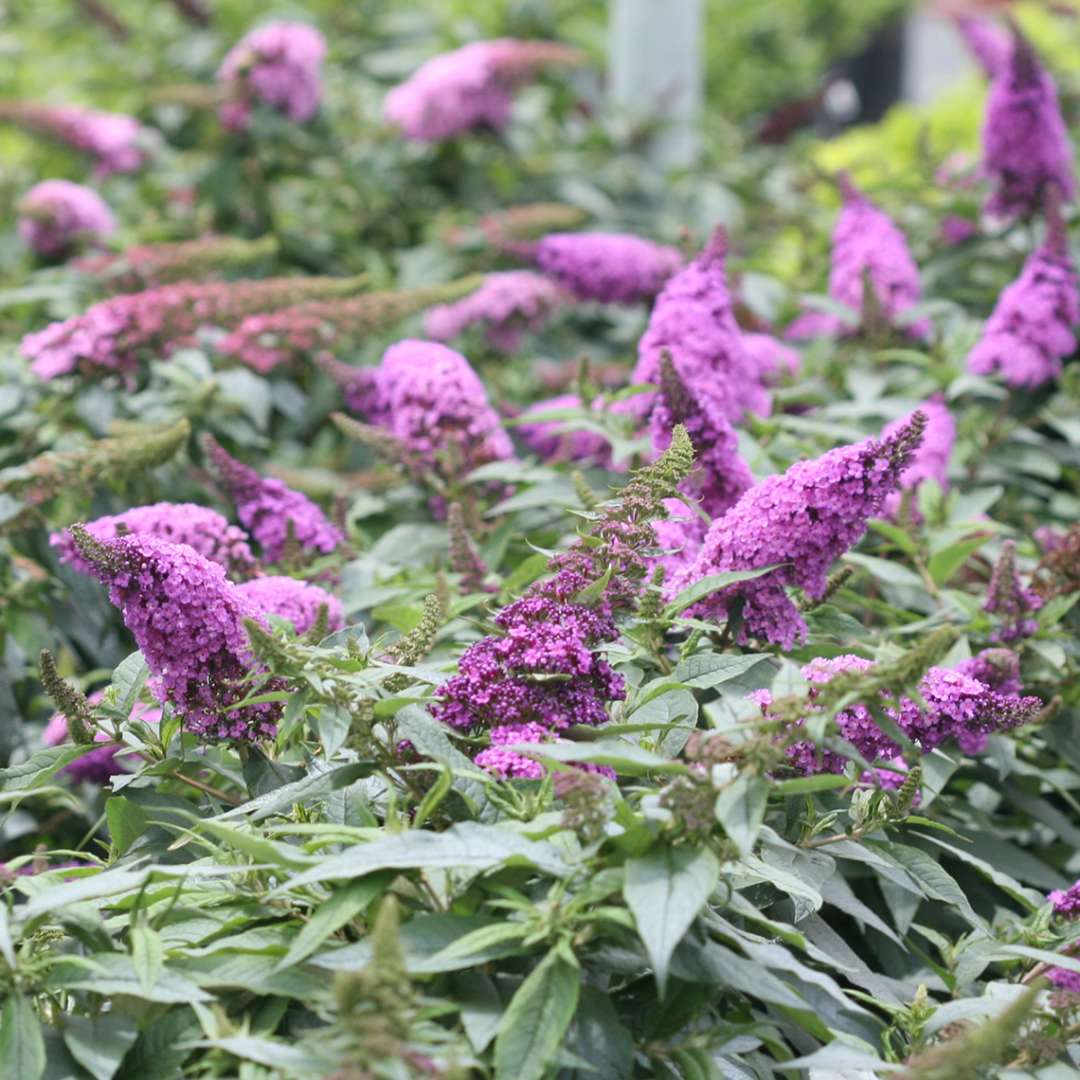
Pugster Periwinkle Butterfly Bush Plant Library Pahl's Market Apple Valley, MN
Sometimes called summer lilac, Buddleia is a fragrant, resilient, deciduous bush that attracts butterflies with its sweet nectar, and blooms exuberantly during the heat of the summer when many other garden plants aren't flowering.
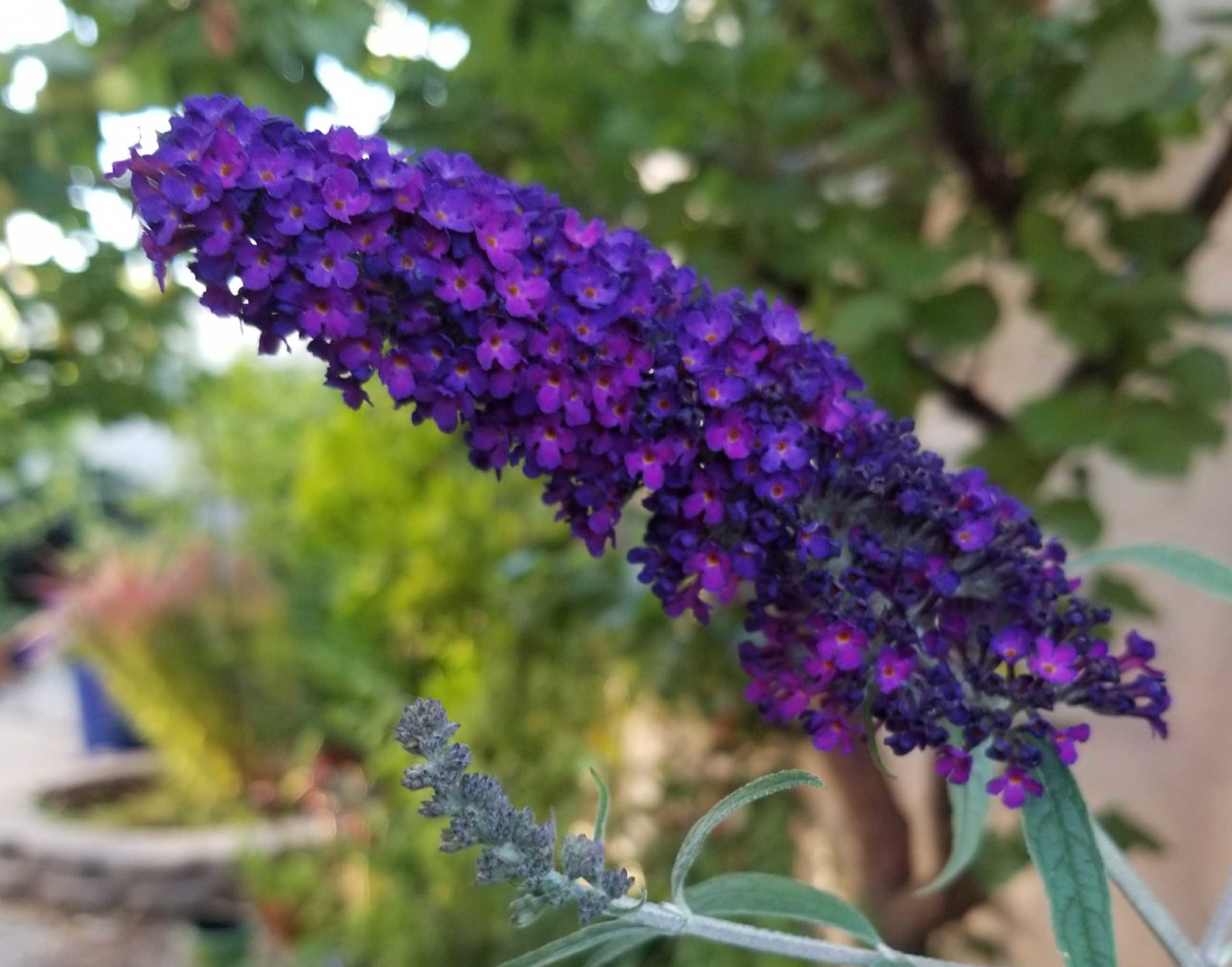
Buddleia ‘Butterfly Bush’ SunnyvaleGarden
to Loganiaceae, while Flora Europaea (2010) places it in Buddlejaceae. The genus Buddleja was named by Linné (1737) to honor the English amateur botanist Reverend Adam Buddle. The species was named after Father David who collected and returned specimens of the Chinese flora and fauna to Adrien René Franchet at the Paris Musée National d' Historie Naturelle (Bean, 1970; Tallent-Halsell and.

How To Transplant Butterfly Bush
Buddlejaceae K. Wilh. - Butterfly-bush family P: Genus: Buddleja L. - butterflybush P: Species: Buddleja davidii Franch. - orange eye butterflybush P: Buddleja davidii Franch. orange eye butterflybush.. This plant may be known by one or more common names in different places, and some are listed above. Click on an acronym to view each weed.
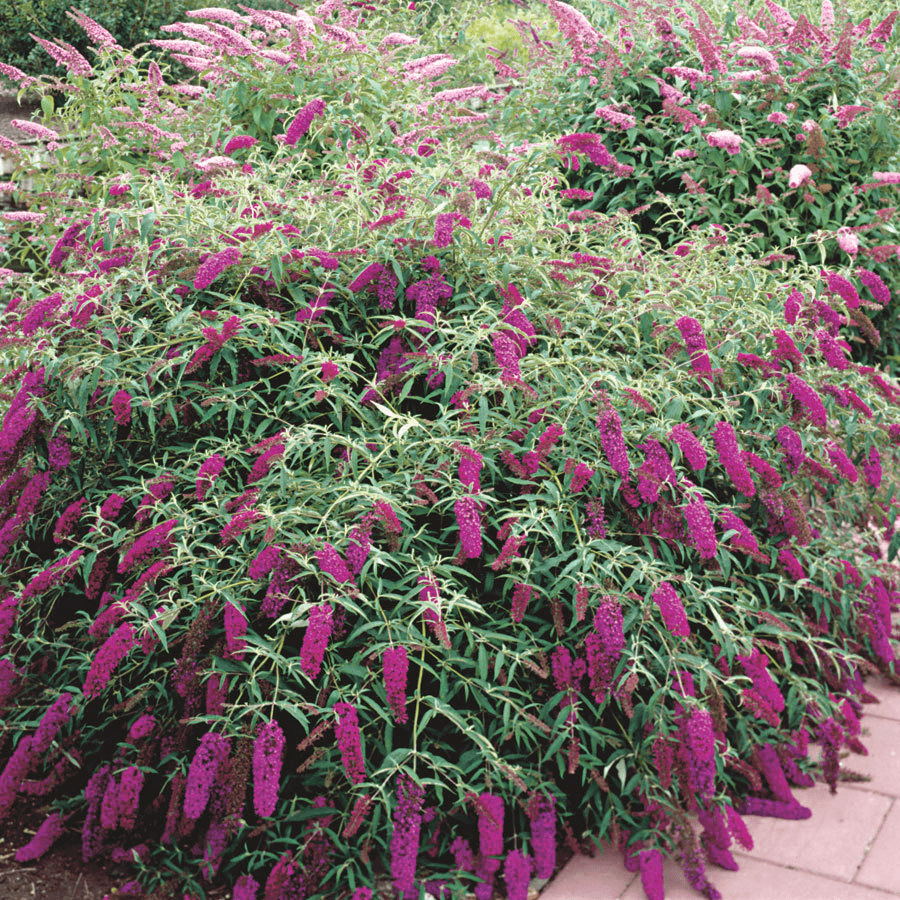
Butterfly Bush 'Royal Red' Plant Profile Sylvan Gardens Landscape Contractors
Genus: Buddleja — butterfly-bush Family. Scrophulariaceae (figwort family) This genus's species in New England. Buddleja davidii; Visit this genus in the Dichotomous Key.. Shortcut to plant groups. If you already know what group your plant is in, start with this shortcut to find your plant more quickly. Map to groups. All images and text.
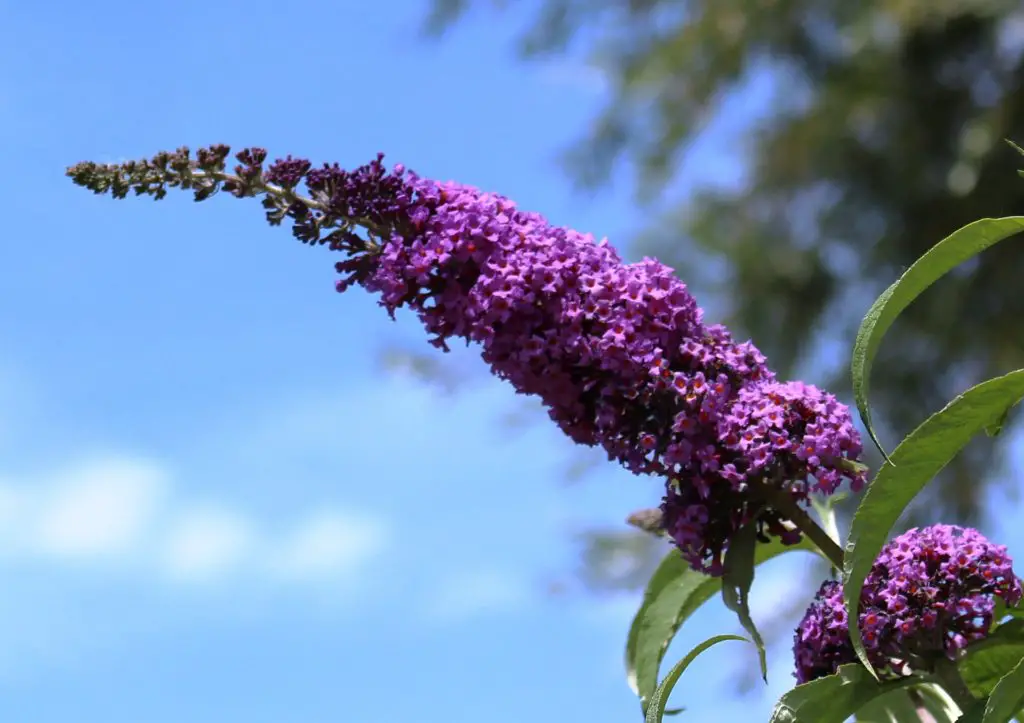
Buddleia (Butterfly Bush) A to Z Flowers
Buddleja davidii (spelling variant Buddleia davidii ), also called butterfly-bush, is a of flowering plant in the Scrophulariaceae to Sichuan and Hubei provinces in central China, and also Japan. [1] It is widely used as an , and many named varieties are in cultivation. The genus was named Buddleja after Reverend Adam Buddle, an English botanist.

Buddleia Tricolour Healthy Butterfly Bush Multi Coloured Garden Plant Shrubs eBay
Butterfly bush ( Buddleja/Buddleia) is a genus of hardy flowering plants that produce appealing fragrant flower heads known for attracting butterflies and other insects. Despite being considered invasive by many ecologists, their striking appearance has helped them maintain their popularity in ornamental gardening. B u t t e r f l y B u s h

Buddleia Butterfly Bush a Genus of Over One Hundred Species Flow Stock Image Image of green
Butterfly bush is a rapidly growing, deciduous, drought-tolerant shrub native to Asia. Plant it in the full sun in well-drained soil. It is easy to transplant and flowers on new growth which appear from summer through the first frost. The best flowers appear when plant is severely pruned in late winter. Please choose a native shrub.
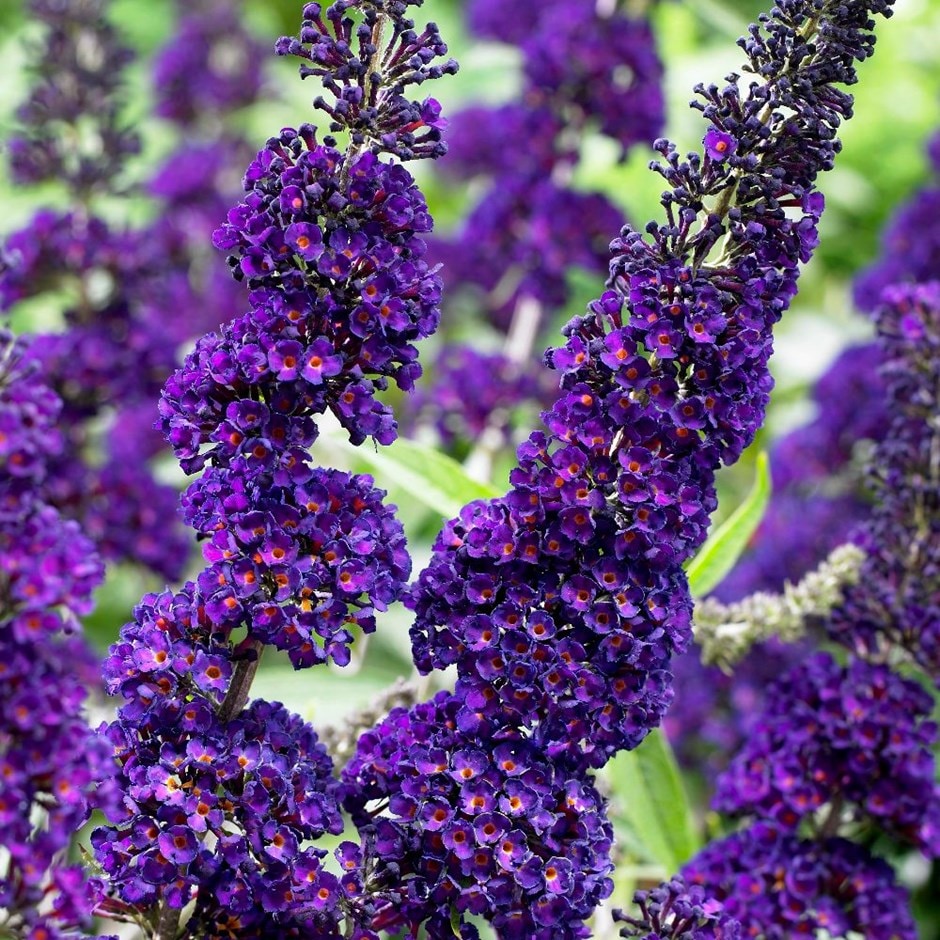
Buy butterfly bush Buddleja davidii 'Black Knight'
Butterfly bush. BUD-lee-ah Audio Buddleia davidii 'Lochinch' The genus Buddleia includes 100 species of shrubs, trees, climbers, and perennials from Asia, Africa, and North and South America. Their main attribute is the showy panicles of small, tubular flowers, which are often fragrant. The foliage is also noteworthy in some species.
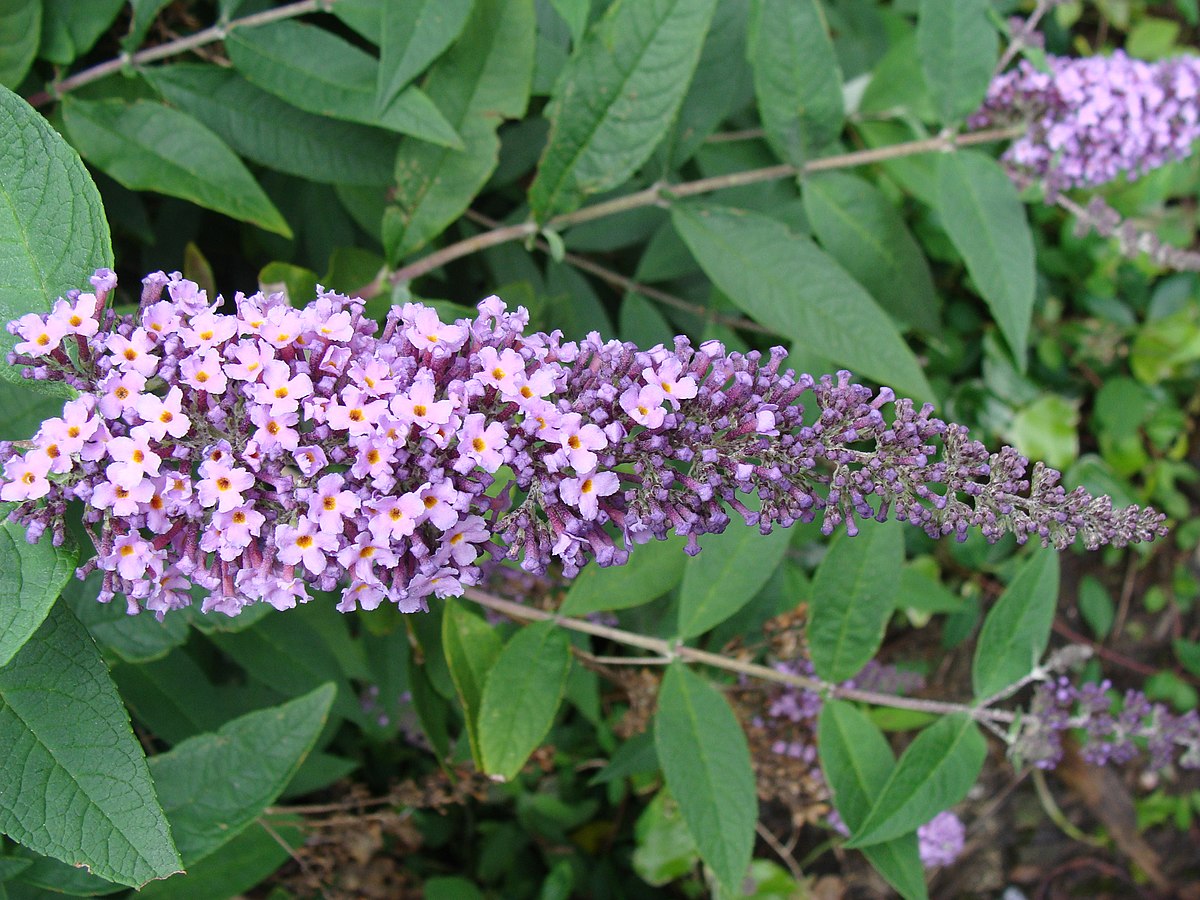
Butterfly bush (Buddleja davidii) Fraser Valley Invasive Species Society
Buddleja davidii, commonly called butterfly bush, is a deciduous shrub that is native to thickets on mountain slopes, limestone outcrops, forest clearings and rocky stream banks in China. It typically grows to 6-12' (less frequently to 15') tall with a spread to 4-15' wide when not killed back by cold winter temperatures.